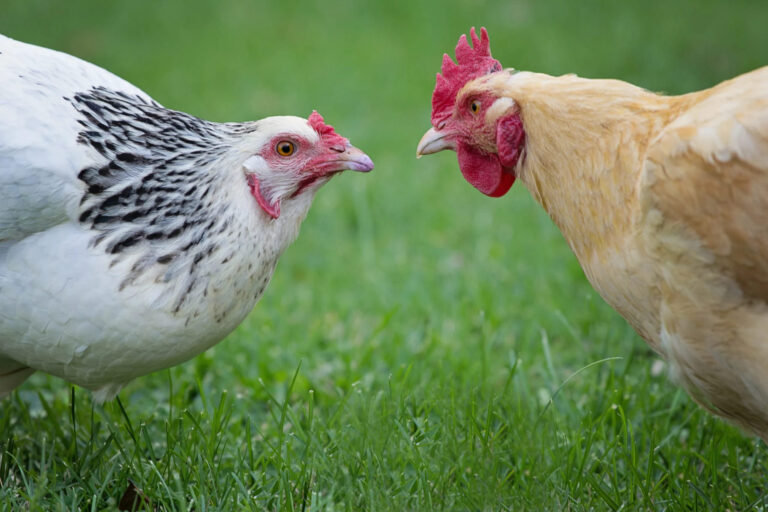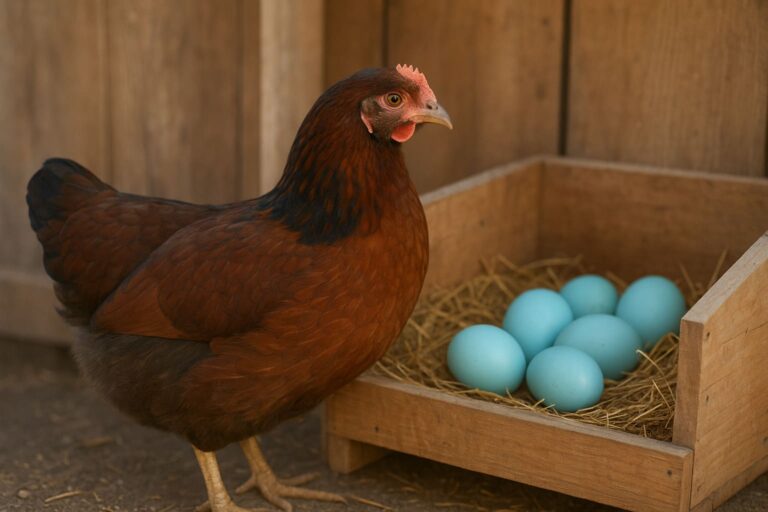
Pecking Order Problems: How to Identify and Stop a Bully Hen
If you’ve ever had a bully hen disrupt your peaceful coop, you know how stressful it can be. What starts...
Guides for Raising Healthy Chickens Anywhere
Learn everything you need to know about raising chickens, from getting started to expert-level poultry business management.
Start Your Journey
If you’ve ever had a bully hen disrupt your peaceful coop, you know how stressful it can be. What starts...

Growing up, I always considered our chickens a bit of a motley crew, but nothing prepared me for the awe-inspiring...

The Araucana chicken breed is truly one of the most fascinating and unique birds you can add to a backyard...
Download the full business plan template to start or improve your poultry farm.
Editable Word version of the poultry farming business plan template.
Printable checklist for planning, building, and maintaining a poultry house.
Essential vaccination schedule for layers, tailored for Nigeria conditions.
If you’re new, start small—10 to 50 chickens is ideal. This allows you to learn poultry management without being overwhelmed, and you can expand as you gain experience.
It depends on your market. Layers (eggs) provide steady income over time, while broilers (meat) bring quicker returns in 6–8 weeks. Many farmers diversify to reduce risk.
Commercial broiler breeds like Cobb 500 and Ross 308 are bred for rapid growth and reach market weight in 6–7 weeks. However, they require careful feeding and health management.
On average, 1–1.5 square feet per bird indoors, plus outdoor access if possible. Overcrowding increases disease risk and reduces productivity.
A balanced diet with the right mix of energy (grains), protein (soybean meal, fish meal), vitamins, and minerals is crucial. Commercial feeds are convenient, but local alternatives like maize and legumes can be used with proper formulation.
Follow vaccination schedules, keep housing clean and dry, avoid overcrowding, and restrict farm visitors. Quarantine new birds before mixing them with your flock.
Regulations vary by country. In many places, small backyard flocks don’t need registration, but commercial farms may require permits for animal welfare, waste management, or food safety.
Starting with too many birds, poor housing ventilation, skipping vaccinations, underestimating feed costs, and not researching the market before selling.
Use renewable energy where possible, recycle manure as fertilizer or biogas, reduce antibiotic use through preventive care, and adopt sustainable feed sources.
Yes, poultry farming is one of the fastest-growing agricultural sectors globally due to high demand for eggs and meat. Profitability depends on efficient management, local feed prices, and market access.